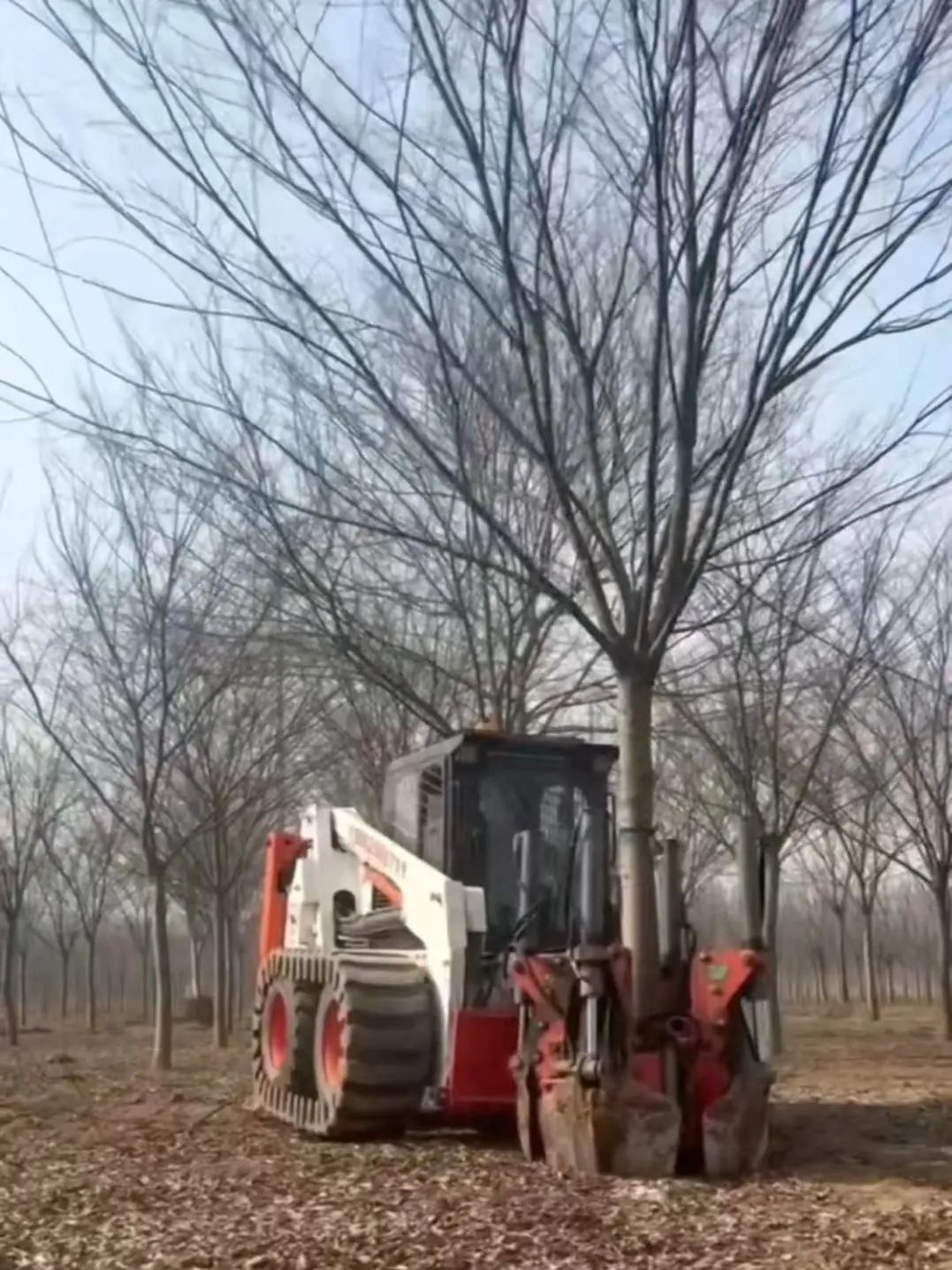How to remedy the bark damage of transplanted large trees?

ARBOR DAY
Spring is usually the best time for transplanting large trees, especially in early spring. During this period, the sap of trees begins to flow, and the temperature is mild, which is conducive to root healing and regeneration. After transplantation, trees can root faster and improve survival rates.
You may encounter situations where the bark of a large tree is damaged during the transplanting process, which not only affects its appearance but also affects its survival rate. Today, let's share how to avoid bark damage during the transplanting process and emergency response methods after bark damage.
Transplant protection measures

Tree bark protection before lifting
After digging the soil ball, lifting is crucial. Different trees should choose lifting methods based on their actual conditions (soil moisture, soil texture) and the characteristics of the tree trunk. There are methods such as hanging soil balls, hanging tree trunks, and hanging tree forks. Among them, hanging soil balls is the most commonly used and the best way to protect the bark.
Protection during loading and transportation process
After the tree is loaded onto the vehicle, due to its large size, a soft cushion should be placed between the trunk and the vehicle to avoid contact between the trunk and the vehicle. Wrap the trunk of a large tree with soft material and place it on a wooden frame, tie it tightly with soft rope, and wrap the crown of the tree with soft rope appropriately. Place wooden boards under the soil ball, then clamp the soil ball with wooden boards or tie it tightly to both sides of the carriage with ropes. If installing several large trees, in addition to taking the above measures, it is also necessary to add soft cushions to the trunks between the trees and secure them with hemp ropes to prevent sliding and damage to the bark.
Protection during unloading and planting process
The methods used for unloading and planting are basically the same as excavation and lifting. But often there are situations where a soil ball can be used for loading, but cannot be used for unloading, which requires the use of the above tree trunk or branching methods. After transplanting a large tree, a support frame needs to be erected, and the support frame needs to be fixed to the tree trunk with soft cushions and ropes.
Maintenance management and protective measures
After planting large trees, the bark is mainly damaged by human activities, natural causes, and other factors. Therefore, it is necessary to strengthen maintenance to prevent human climbing, corrosion, and damage.
Remedial measures for bark damage

Remediation for minor injuries
If the damage to the bark is minor, it should be promptly cleaned with a brush to remove debris from the wound; Wash the wound with diluted fungicides such as carbendazim and chlorothalonil, and apply a solution of cytokinin 6-benzyladenine (1mg/L) to the wound surface to promote the formation of callus tissue as soon as possible; Finally, apply protective agents such as paint or wrap with plastic film to prevent rainwater from entering the wound and causing decay. The tied film should be removed promptly after the formation of callus tissue.
Remediation of major injuries
You can first cut and trim the bark wound with a sharp knife, scrape off some dead or injured bark, and then treat the wound with fungicides, cytokinins, and protectants. Then, stick the fallen bark on as it is. If the fallen bark no longer exists, you can choose the bark from the main branch of the same species of tree to stick on (pay attention to the vertical direction), apply the fungicide to the edge, and finally wrap the bark tightly around the damaged surface with plastic film, leaving no gaps to prevent rainwater from entering the wound and causing decay.
Article source: Reprinted from Garden Headlines